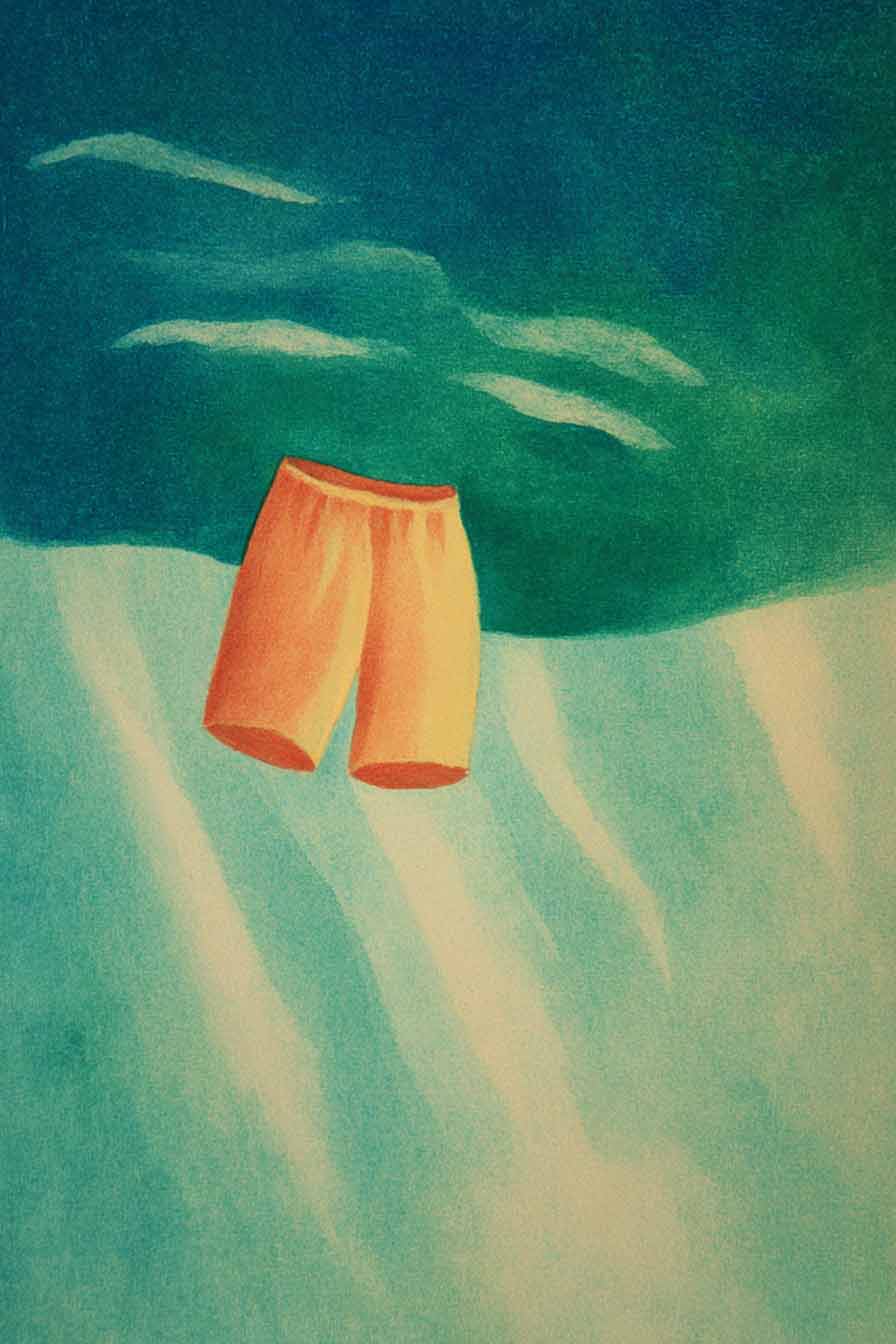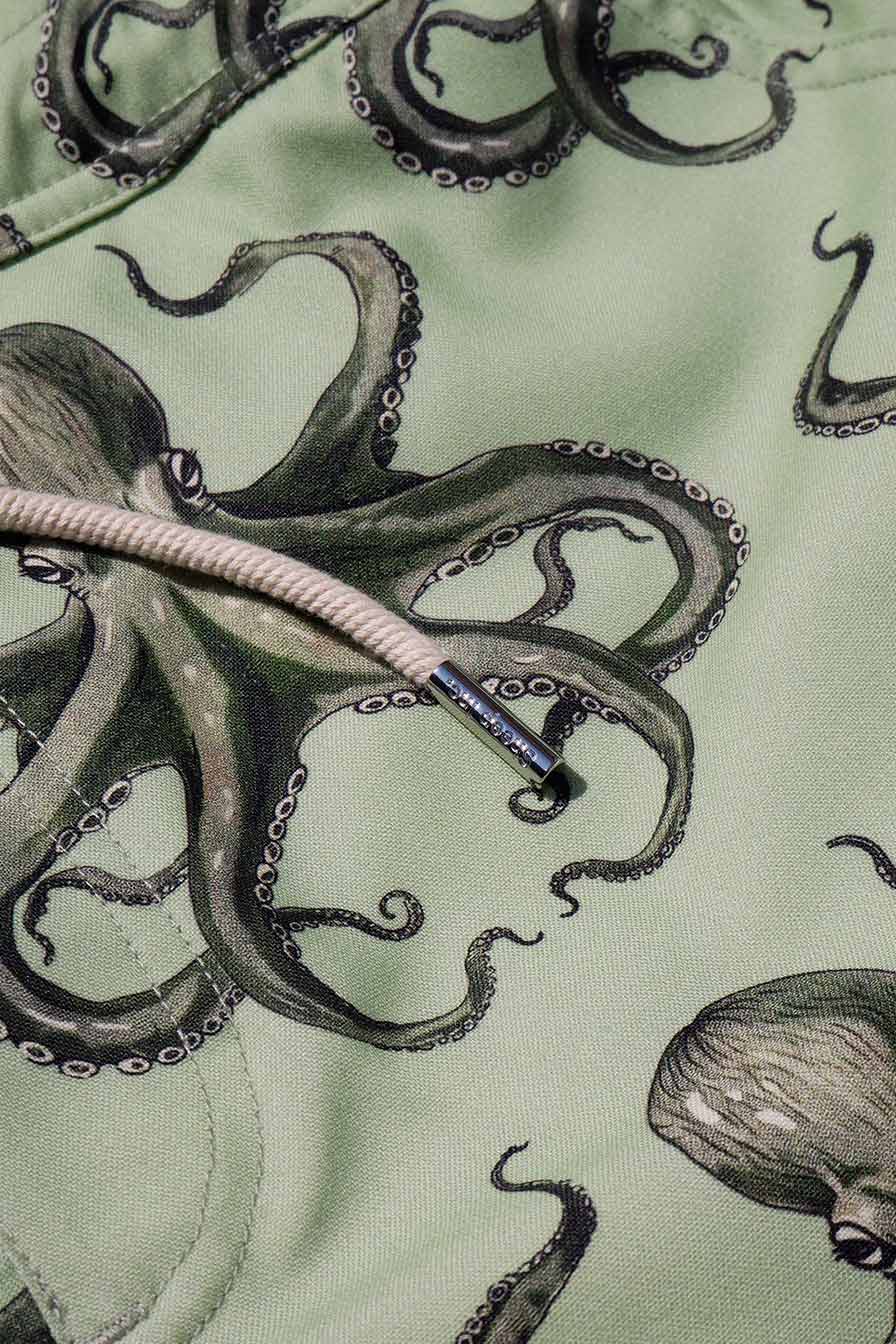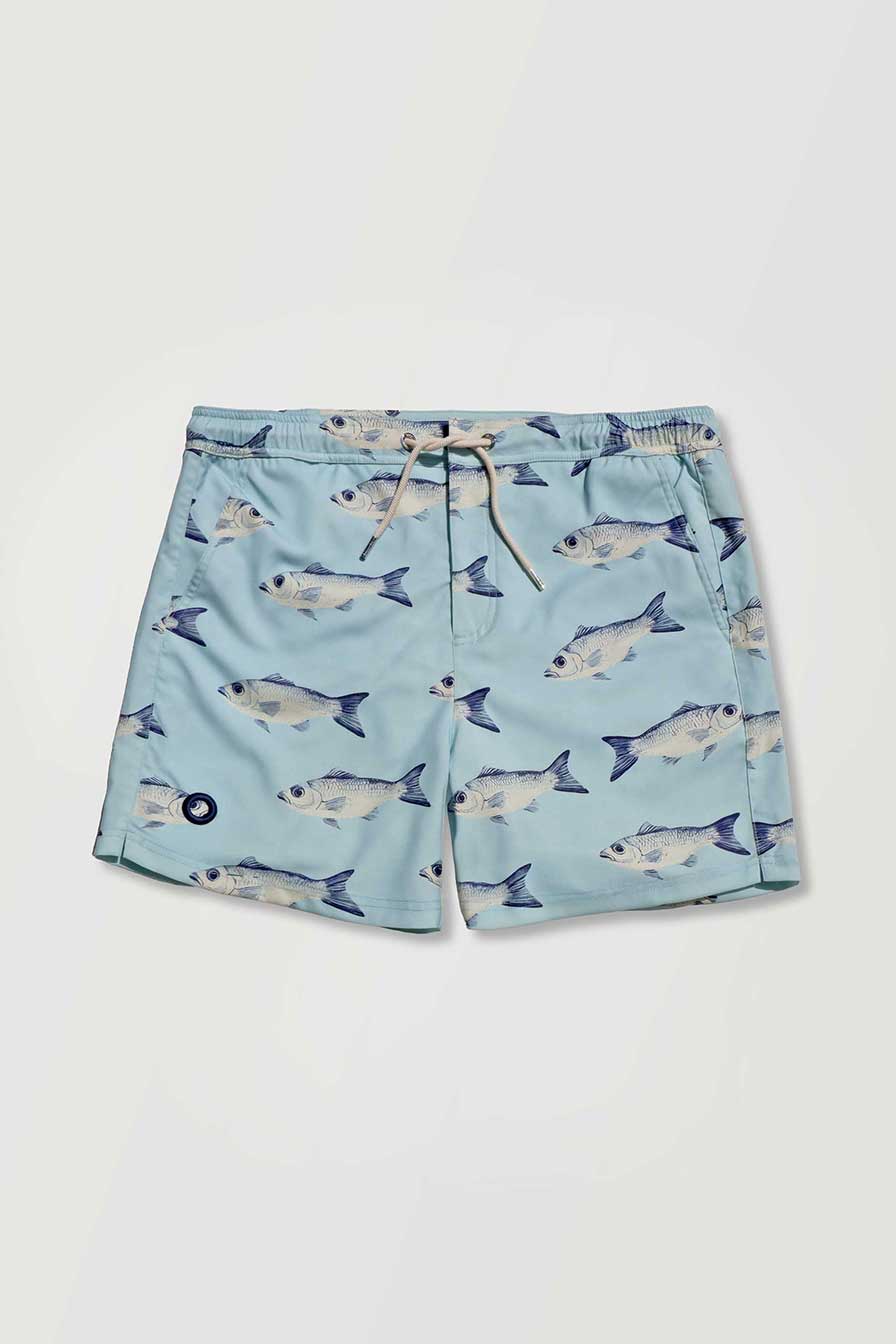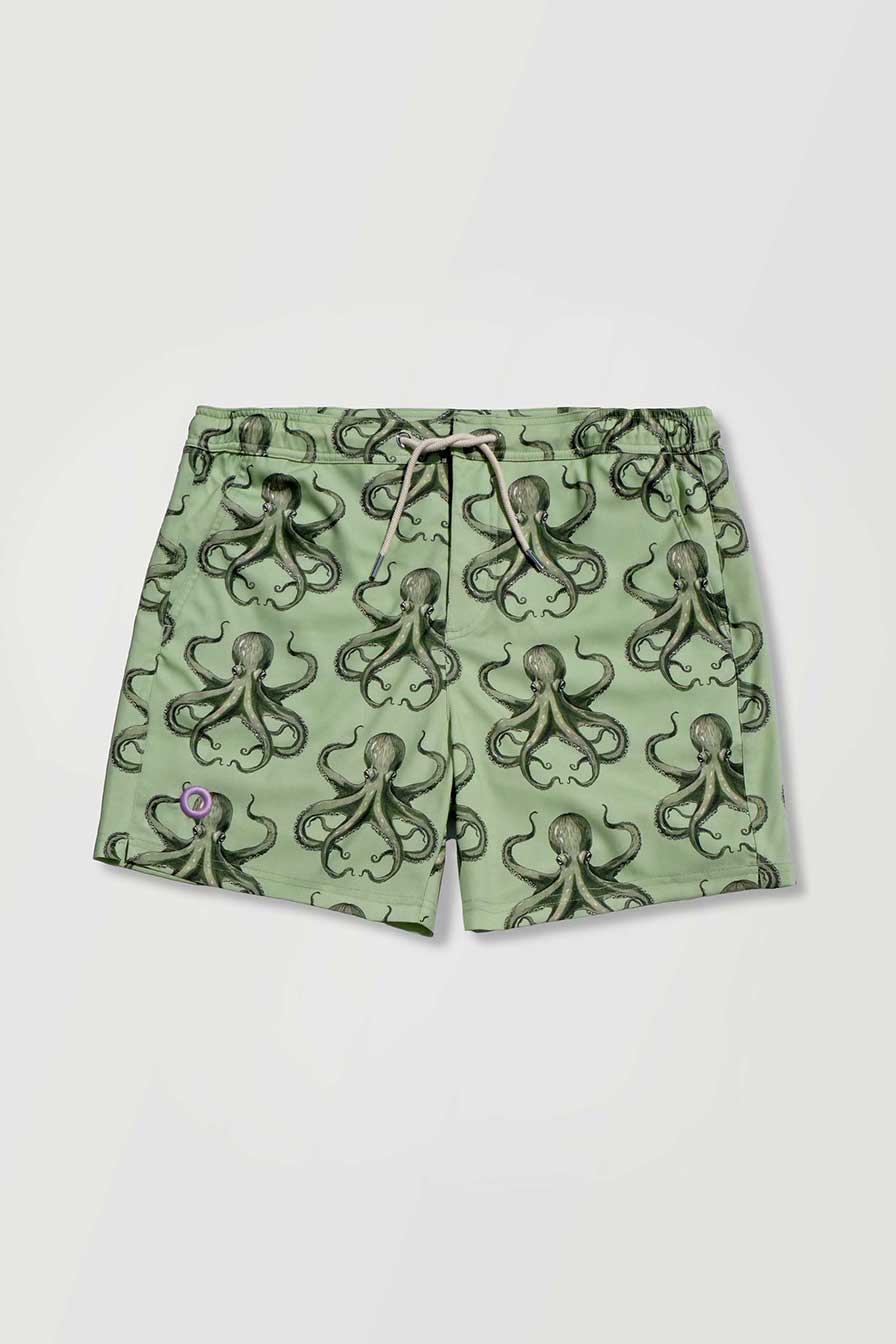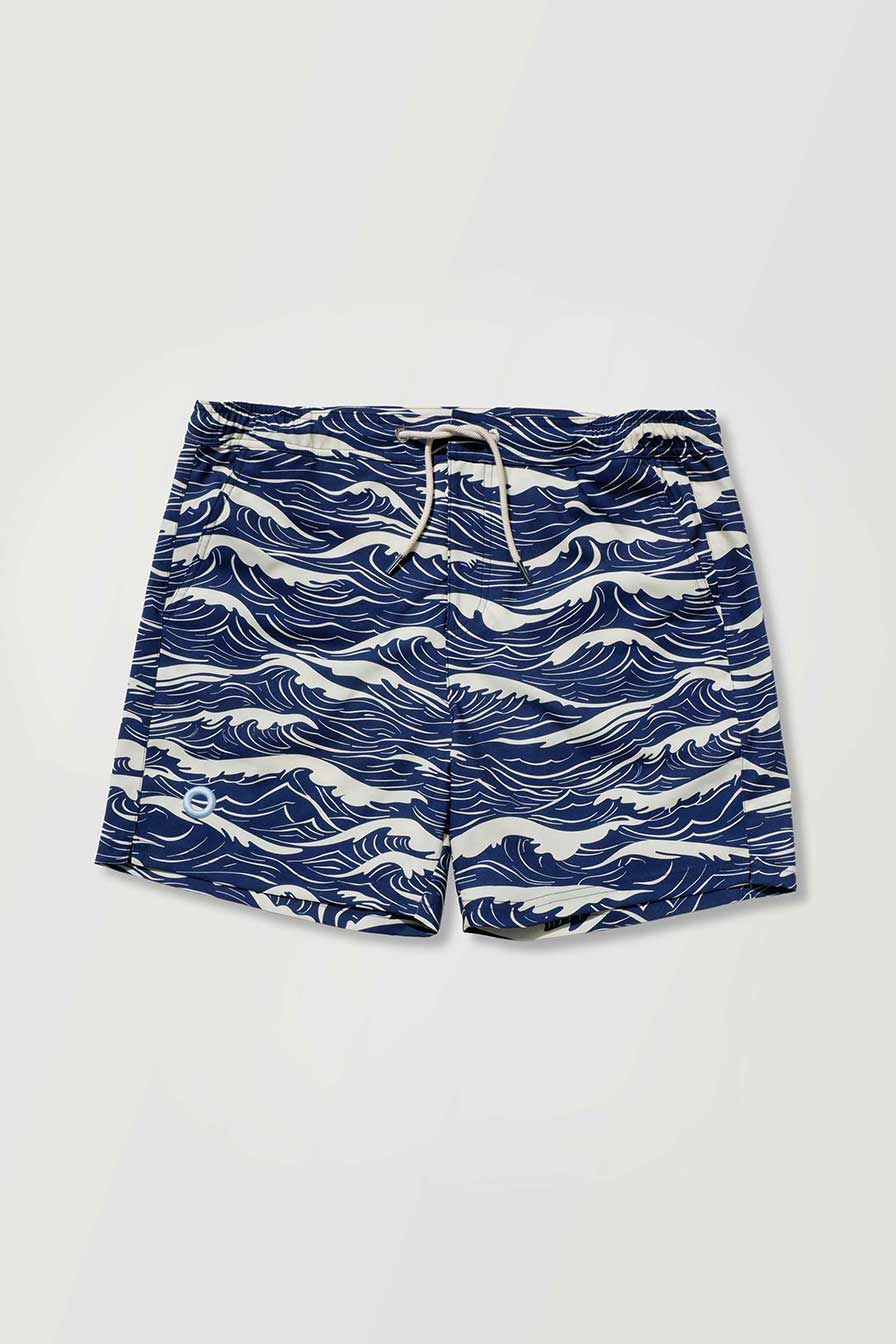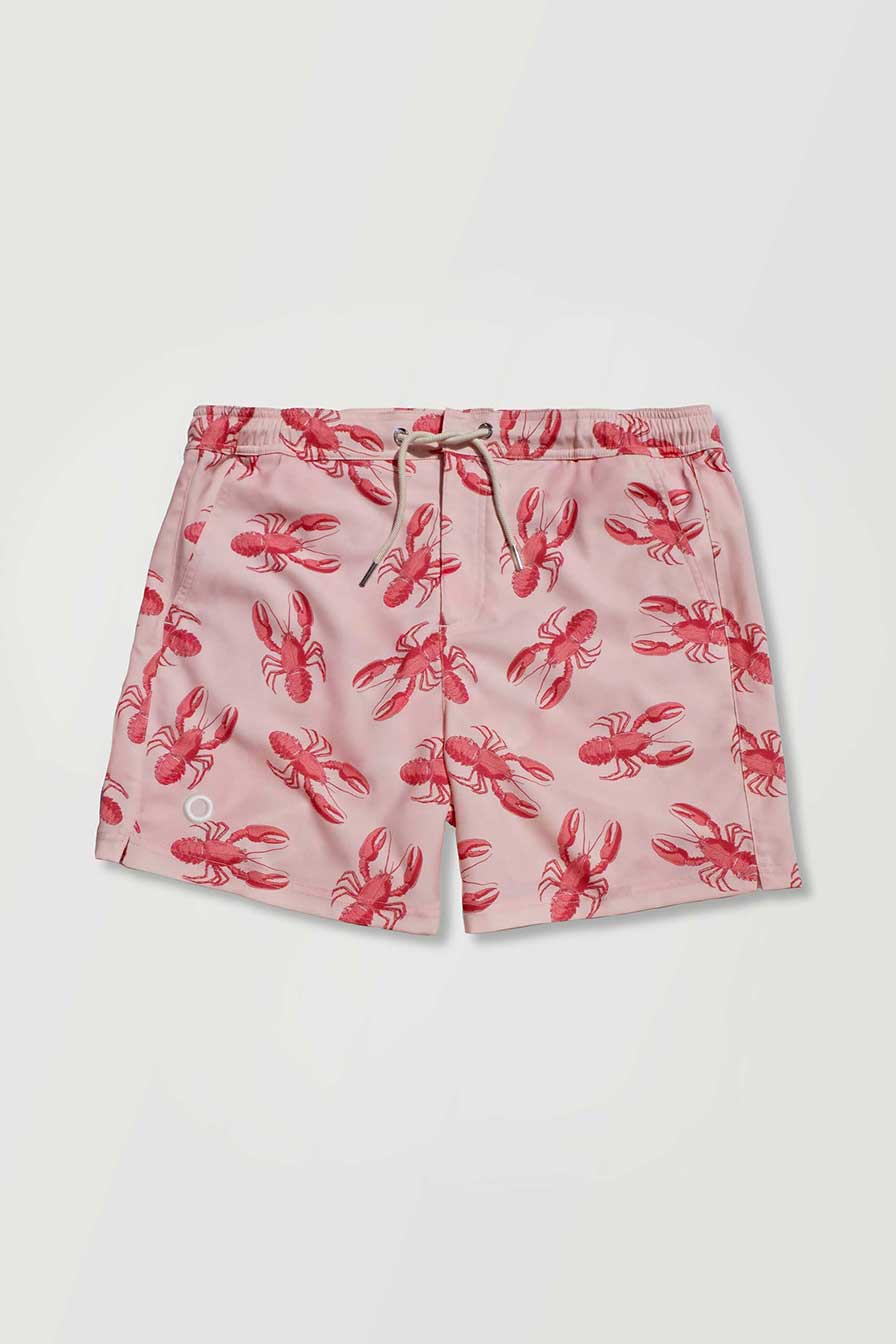Swimming In It
Why most swimwear is polluting the ocean (and what we’re doing about it).
It starts with a swim.
The sun is out. The sea is calm.
You step into the water wearing your favourite swim shorts.
The material is slick. Like oil against skin.
Repelling water. Repelling nature.
Because they’re made from plastic.
And secretly shedding into the sea.
According to a 2021 report by the European Environment Agency, 35% of all microplastics in the ocean come from synthetic textiles.
Most swimwear is made from polyester or nylon, both are plastic, fossil fuel-based materials.
Every wash, every wave, every dive releases microfibres.
Tiny threads of plastic, too small to be filtered, too persistent to degrade.
This is the hidden impact of conventional swimwear.
We go to the ocean to feel clean. To reconnect.
And in return, we bring the pollution with us.
The Hidden & Circular Cost Of Synthetic Swim Shorts
The irony’s almost poetic.
The very clothes we wear to enjoy the sea are helping choke it.
Globally, we produce over 60 million tonnes of synthetic fibres every year, most of which end up in landfill or, worse, floating indefinitely in our waterways. And because synthetics don’t biodegrade — they just fragment — they break down into smaller and smaller particles (microplastics), eventually entering the food chain.
Yes. The fish are eating your swim shorts. (And so, in a roundabout way, are you.)
Fast fashion, synthetic fibres, and short-term design have created a system that pollutes what it was designed to celebrate.
It’s time for luxury swimwear to take responsibility.


